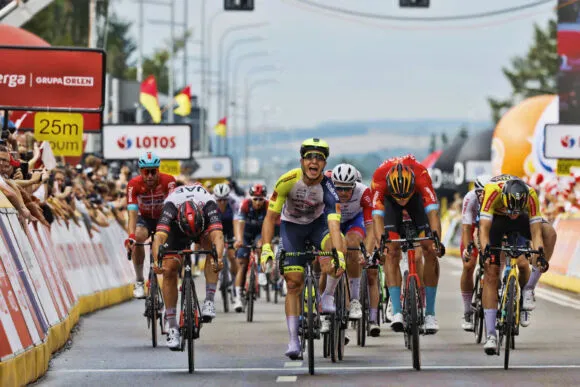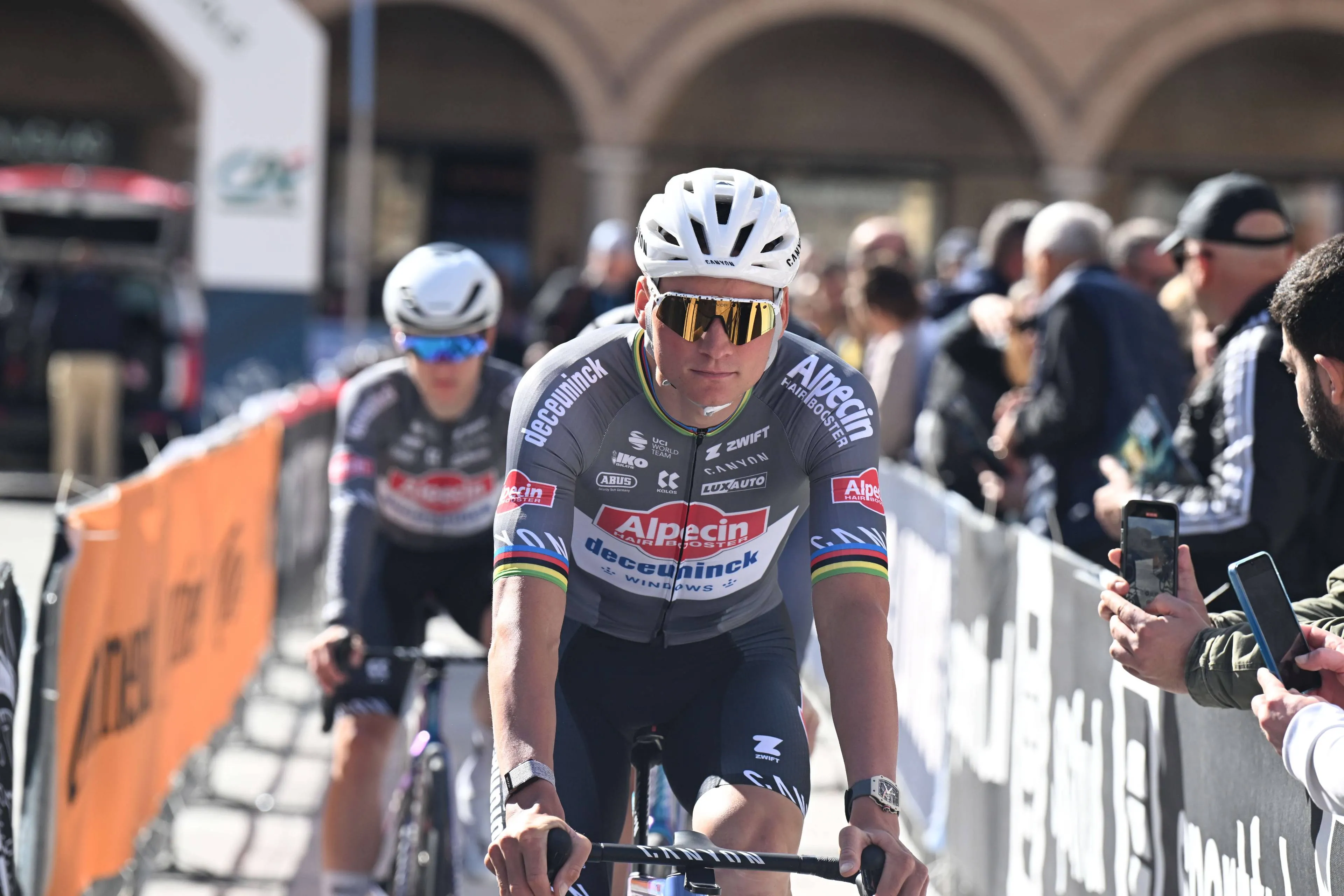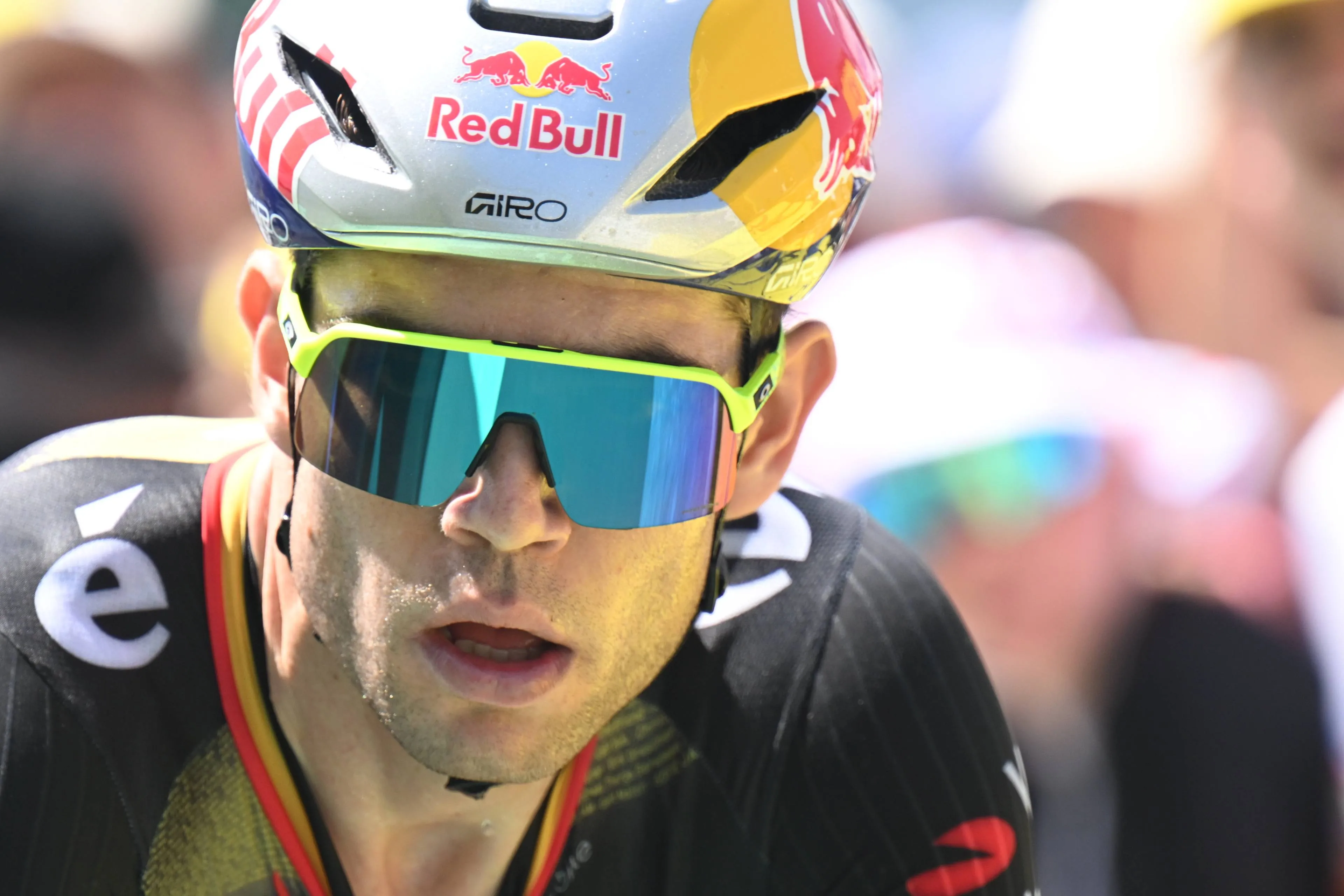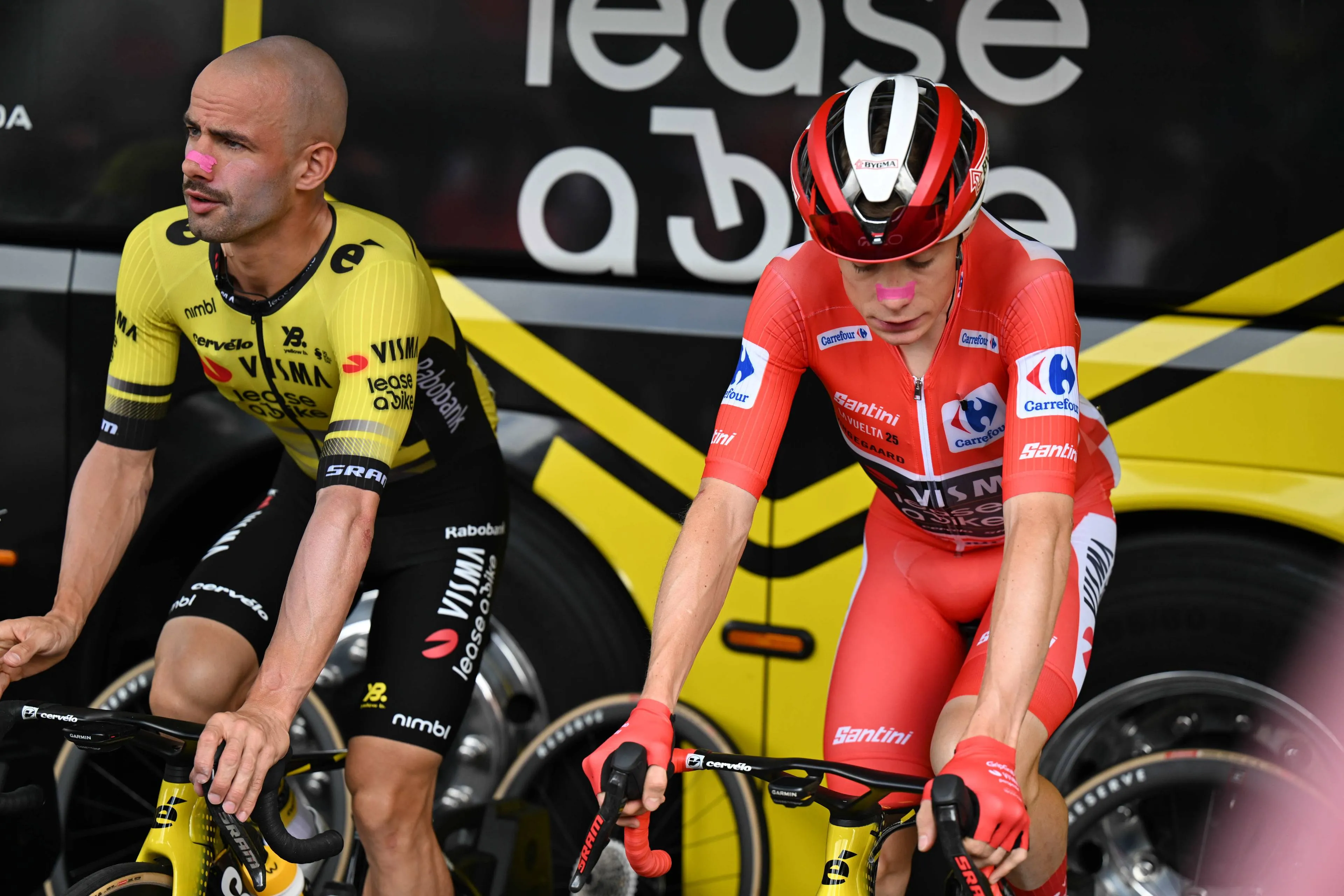
The Tour of
Poland, whose official name in French is Tour de Pologne (TdP, in Polish Wyścig
Dookoła Polski), is a stage race part of the 38 events that characterize the
World Tour circuit.
The event
finds its place on the calendar in August and is a trial that grows in prestige
each year due to its strategic location, sandwiched between the Tour de France
and Vuelta a España.
Since 2009,
the year of the TdP's inclusion in the UCI World Tour, several champions have
challenged each other along the Polish roads for the title: a course generally
of seven to eight fractions alternating between flat, bumpy, and
medium-mountain tracks has attracted the attention of riders who boast podiums
or luxurious placings in famous stage races in their palmarès.
This year's
Tour de Pologne will be held precisely from July 29 to August 4; the WorldTour
category stage race will offer a route that is, as always, quite varied, within
which there will be days dedicated to fast wheels and more challenging
fractions that will serve to delineate the general classification, as well as a
16.6-kilometer test against the clock.
Cycling
fans of the Tour de Pologne are growing in number; especially since betting on cycling in
tournaments has become so easy, fans feel the thrill of the race
even more.
Now in its
80th edition this year, the Polish race will start in Poznań and, for the
fourth year in a row, will end in Krakow, where we will discover the successor
to Ethan Hayter, winner in 2022.
Tour of Poland
2023: most relevant stages
STAGE 1
The first
stage of the 80th Tour de Pologne will start in Poznań, with a spectacular
finish planned on the track of the Automobil Klub in Poznań, which, like the Polish
race, will celebrate a special anniversary in 2023. This stage will be
particularly suitable for sprinters.
STAGE 2
Stage 2
marks the race's significant return to Karpacz and the first chance for
climbers in this edition.
Karpacz has
hosted the final
day of the Tour de Pologne for many years. Climbs with
gradients of up to 20 percent are expected on the route. It will be a brutal
stage finale, the finish line set at the top of the Orlinek climb.
STAGE 5
Stage 5
will be typically mountainous, with an elevation gain of more than 3,000
meters. The finish is expected in Bielsko-Biała, where the race will return
after a two-year break, and riders like Richard Carapaz and Michal Kwiatkowski
have already triumphed.
However,
the riders must overcome many challenging climbs before reaching "Little
Vienna," as they call Bielsko-Biała.
STAGE 7
The seventh
stage will end as per tradition at Blonie Park in Krakow, a city with which a
partnership has been signed until 2026.
Tour de Pologne
2023: the fifth WildCard is for the Polish national team
The Tour of
Poland 2023 will award a special WildCard. Having obtained permission from the
UCI, the race organizers scheduled to start next July 29 have issued their
fifth invitation in favor of the Polish national team, which will thus
participate once again in the country's most important event.
In 2022,
the home riders proved they could compete with the World Tour champions. In
particular, one of the protagonists was Patryk
Stosz (Voster ATS Team), who, thanks to his consistent
efforts in each stage, won the ranking of the most combative rider.
This
decision was made by the organizers in recognition of the team's consistent
results and valuable contribution to the development of the sport.
The
participation of national riders will also be an important opportunity to
promote cycling and inspire young Polish talents, showing them the
opportunities, this discipline offers at the international level.
The birth of the
Tour de Pologne
The first
Tour de Pologne was held in 1928. The Warsaw Cycling Society, the Krakow sports
newspaper, and the Przegląd Sportowy jointly requested a new cycling event
proposal.
Thanks to
their initiative and joint efforts, the Wyścig Dookoła Polski, whose literal
translation is "Tour Around Poland," becomes known. Participating in
the race are 71 athletes who set off from Warsaw on September 7, 1928, and
return to the capital after a 1,491-kilometer route that touches the cities of
Lublin, Lviv, Rzeszów, Krakow, Poznań, and Łódź.
The star of
the inaugural edition was Feliks Więcek, a rider from the Bydgoszcz Cycling
Club, who won six out of eight stages and, of course, the race leader's jersey.
The climb to the
World Tour
As we
already said, the Tour de Pologne was born in 1928, but it happened
sporadically for the first few years and was a race open mainly to amateurs.
However, there was plenty of participation by some professionals, usually home
riders.
Starting in
1952, it became a regular event. Still, it was not until 1997 that the UCI
recognized the event as a professional 2.4 and classified it as a
"National Race" - National Race. The climb to higher-level
recognition was quick: in 1999, it moved into the 2.3 category, and in 2001
into the 2.2 category.
It was a
massive success for the organizers, who were further rewarded in 2005 when the
Tour of Poland officially became 2HC and joined the UCI Pro Tour circuit. It
has been regularly included in the UCI World Tour calendar since 2009.
claps 0visitors 0
Just in
Popular news
Latest comments
- What does he need to pay Pogi to lead him out?Veganpotter04-12-2025
- Ayuso is not a surprise if you look at his previous 5yrs.Veganpotter04-12-2025
- What do you mean?BenAflec04-12-2025
- Just making the note that it’s actually closer to 120 because most of it is consumed in the first 4 hrs, not evenly across 5 hrs up until the finish.crharnishphd04-12-2025
- WVA dropped TP and his bad knee.Cyclingnut04-12-2025
- Everyone shouts "rider x" is getting better and could beat Pogacar... Tadej is still improving year on year too.....slappers6604-12-2025
- It's not a big blow for Pogacar. Today, Pogacar relies on a close, increasingly Slovenian circle of experts. Among them, the central figure is his longtime friend Ziga Jerman, who took on the role of masseur in 2025. Jerman has known Pogačar since before his global fame, when they cycled together at the Ljubljana club Rog, so Elguezabal’s departure does not pose a threat for Pogi but rather marks the end of a very successful chapter. UAE will have to fill the gap in its professional staff, but for Pogi, this departure will not play an important role.NikkoNicco04-12-2025
- OK, enough of this BS. No one went to college or university from kindergarten. First, Remco must graduate from high school with excellent results to meet with the professor Pogacar in university and to be in same room with him. But you see, Pogi the Great also has a PhD (doctorate in cycling). In 2026, I want to see that success from Remco in high school, because I haven't seen it in these 7 years.NikkoNicco04-12-2025
- calling him a star in cross before he beats MVDP or WVA is also a big stretch.mij04-12-2025
- I think once he's the undisputed leader in a race, he can become more consistent than he was in the past.Ride197404-12-2025
Loading
Write a comment






